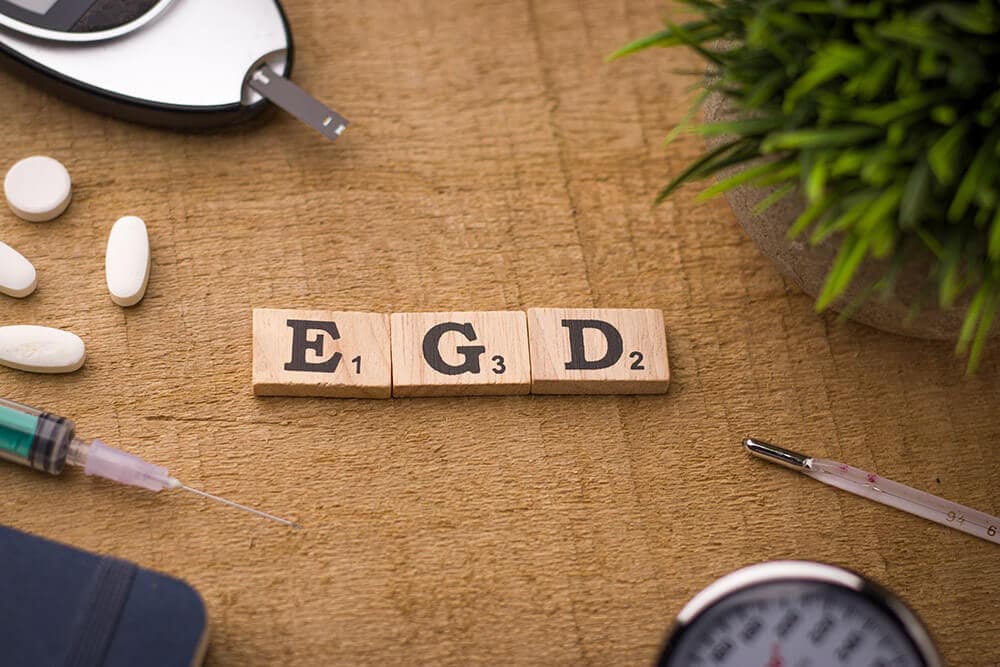How Dr. Rishi Chadha Diagnoses Wilson's Disease
1. Comprehensive Health & Family History
Dr. Chadha begins by discussing your personal and family health history, looking for inherited risk factors and early signs of copper overload.
2. Blood Tests for Copper & Liver Function
He orders laboratory panels to measure serum ceruloplasmin, total serum copper, liver enzymes, and other markers that indicate how well your liver is working and whether copper is accumulating.
3. 24-Hour Urine Copper Collection
You'll provide a urine sample collected over 24 hours so Dr. Chadha can quantify how much copper your body is excreting-an important indicator of Wilson's disease.
4. Imaging Studies (Ultrasound or MRI)
- Abdominal ultrasound to assess liver size, texture, and signs of fatty change or cirrhosis.
- MRI of the liver (and sometimes brain) to detect early copper deposits and rule out other abnormalities.
5. Liver Biopsy (When Necessary)
In rare or inconclusive cases, Dr. Chadha may recommend a liver biopsy to directly measure hepatic copper content and confirm the diagnosis.

Frequently Asked Questions
What is Wilson's disease?
It's a condition where copper builds up in your body and harms your organs.
How is Wilson's disease diagnosed?
Blood tests, a 24-hour urine test, and sometimes liver scans or biopsy.
What are the early signs?
Tiredness, belly pain, tremors, or mood swings.
What should I avoid in my diet?
Liver, shellfish, nuts, chocolate, and mushrooms.
Can it be cured?
No cure yet, but treatment keeps copper levels under control.
How often will I need checkups?
Usually every 3 to 6 months.
Are there side effects from the medicine?
Yes, like nausea or rash-but Dr. Chadha watches for problems.
Can kids get this disease?
Yes, symptoms may begin in childhood or teen years.
Can my family be tested?
Yes, genetic testing can find others at risk.
What if I need a liver transplant?
We'll connect you to Houston's top transplant centers.










